PURE VISUAL POETRY
By Víctor Valqui Vidal 2022 A poet
A poet
VISUAL POETRY
destroy that verse take them out of the rhyme embellishments, the metric, the cadence, the rhythm and even the message. throw out the words and then there is still something poetry liberated from language oppression
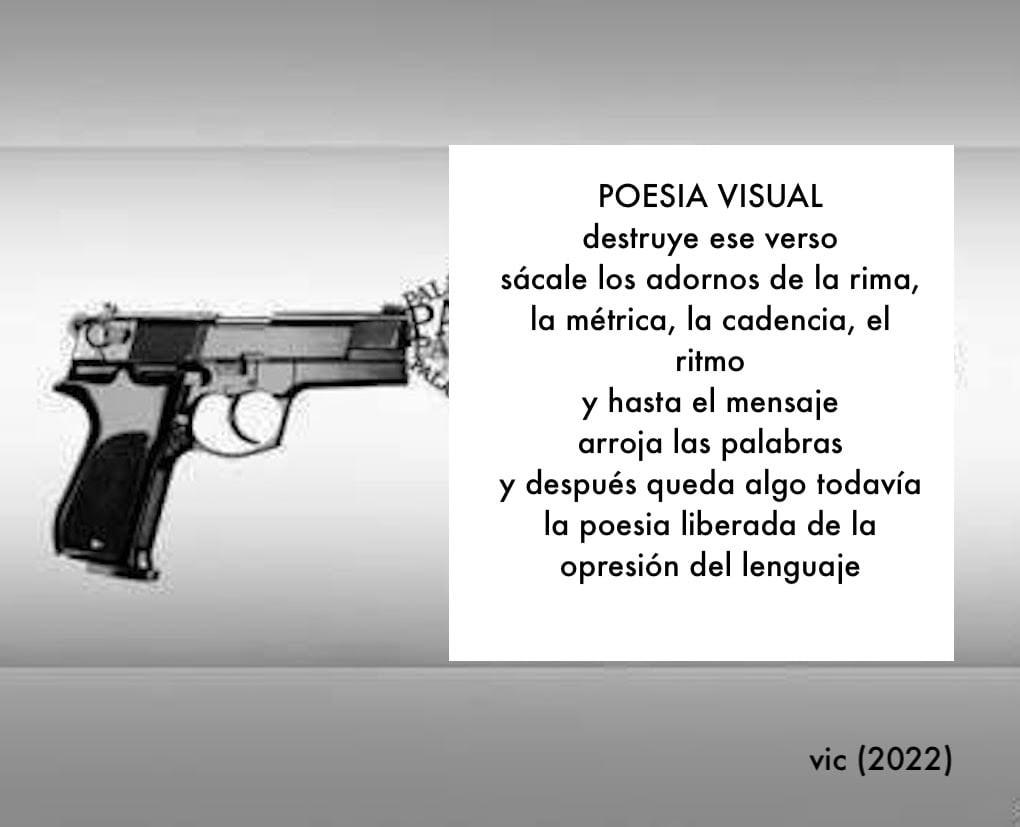
Visual Poetry? – a short note
Visual poetry is an experimental art form in which plastic art prevails over letters (or vice versa), acquiring results as unique as they are infinite. It uses objects (animal, vegetable, or mineral), the animism of objects, to subvert their established meaning, either through their physical use or through their representation. It uses words as objects and objects as words or no words. It makes new associations, generally incongruous (useless) whose result moves us to a different vision, to a latent logic that involves surprise and novelty (creativity) and, therefore, consistency and utility. Some surrealism, some absurdity, some ambiguity, and some childishly. The result, a subtle, brief story, without declaiming, so that the viewer is the one who looks for the new conclusions veiled.
1 The contours
Futurism was an artistic current that emerged at the beginning of the 20th century and that would precede cubism and dadaism whose objective was to reinvent the history of the world through a more exalted use of colours or modernity as a key element of an avant-garde that was looking for new ways of expression. This pictorial current also influenced the ways of conceiving poetry, resulting in what is known as visual poetry, an experimental form with clear references to ancient times in which its calligrams would be replaced shortly after by more conservative narrative forms. In visual poetry, plastic art, images, or pictorial forms define the poem and vice versa, becoming a curious and, above all, very visual hybrid. Examples can range from a collage made from the lines of a text to an image that alone defines the intent of the poem. It is art for the brain. In Europa, the first references to visual poetry took place in the 17th century. The poem, introduced as a legend of the hieroglyphics that accompanied it, not only made reading something more visual, but its diffusion to the different social classes made it a more instantaneous and even didactic narrative modality. Although the examples were counted throughout the following years, finally in the 20th century the vanguards of futurism, cubism or dadaism would result in examples of visual poetry such as the urban poetry of Joan Brossa, in Barcelona, or the musical band Grupo Zaj, made up of composers, lyricists and plastic artists who in the 1960s accompanied the music of their concerts with the use of objects or the performance of theatre plays. After the arrival of the 21st century and the consolidation of new technologies, visual poetry has also come to be known as cyberpoetry or even sound poetry, given the many possibilities it offers on social networks and, especially, among illustrators or graphic designers. Hence, the art of the instantaneous, which is so prevalent in our days, has found one of its best exponents in this "plastic" poetry, offering endless possibilities.
2 The origins
Even though it is in the 20th century (specifically in the 1970s) where visual poetry seems to be beginning to flourish, the truth is that this is not its origin. It was used a lot before. In fact, we are talking about very ancient times, such as 300 BC. If we move to classical Greece. At that time, not only the greats triumphed. There were writers of many kinds and genres. And visual poetry was one of them. To cite an example, you can see the calligram “The Egg” (300 BC). It is from Simmias de Rhodes, and it is a poem that follows the characteristics of visual poetry. Another, and not from Greece but from France, is Rabelais (from 1494 to 1553) with his poem "Sombrero". What were these two poets doing? They sought to create a poem with the silhouette of the name that defined it. For example, in the case of the egg, the entire poem was inside that silhouette. The same with the hat, or with any other image. Thus, the words, the verses, the lyrics... everything played to create the perfect composition and that nothing was left out of the final set. But it also had to make sense, and it had to be a well-constructed poem.
The antecedents
As we have seen before, visual poetry arises from calligrams. This is really the background and how it has evolved into what you now know as such. But the authors were also, in their own way, the antecedents of that visual poetry.
For example, two nineteenth-century authors stand out, Guillaume Apollinaire, and Stéphane Mallarmé. Both are considered representative modern authors of the antecedent of visual poetry, that is, of calligrams. In fact, there are works of them that you may have seen often and thought to be "modern" when in fact they are already a few years old. They are, “The Eiffel Tower” or “The Lady with a Hat”. This form of visual poetry is often called pattern poetry or concrete poetry.
3 Types of Visual Poems
Visual poetry is manyfold. It has various genres that classify it according to the visual elements used. In this way, you can find the following:
Only typographic
In this case, it is characterized by using only the letters to form original creations that capture the attention of the readers, either by distributing the letters in a certain way, or by giving color to those that you want to promote, etc. (Fig 1. AMOR)

Combining letters and drawings
In this case, not only the words of the poem are important, but the images themselves that, in many cases, are related to the words. For example, there is the word siesta that is written “s_.esta” to illustrate that the letter “i” is sleeping. (Fig. 2. SIESTA)
Fig 1. AMORDrawing with letters (it is the original visual poetry, since it is based on calligrams) They are really the calligrams that gave rise to visual poetry. In fact, there are not so many who are encouraged to do it due to the difficulties involved, but it is still on the rise, especially using that of ancient poets and authors. We have seen the examples of Apollinaire and Malarmé has been classic in this tradition. (Fig, 3. THE TREE)
 Fig 2. S_. ESTA
Fig 2. S_. ESTA
Combining letters and paintings
We could say that this is a kind of visual poem moving between images and words, but instead of using a photography or a drawing, it is a painting that comes into play, either created specifically for the visual set, or using another one and giving it that poetic touch. Many painters had introduced letters, symbols, or single words in their works to give an extra dimension to the expression to be communicated. For example, Fig. 4. The eagles are coming, is a modification or transformation in an oil paint found in a flea market. This is the practice of détournement as a kind of ground zero for various strains of appropriation art. Détournement is a technique that the Situationist International, which the Danish artist Asker Jorn cofounded with the French theorist and filmmaker Guy Debord and others, developed in the late 1950s and ’60s. To détourn something is to give it a new context to reroute and subvert its meaning. Jorn created his own version of the tactic in his “Modification” series, which comprises paintings he purchased at flea markets and altered with his own irreverent marks, some of them with a poetic touch.
 Fig 3. THE TREE
Fig 3. THE TREE
Combining letters and photography
It differs from imagery or painting in that actual photograph of the objects are used, not drawings or pictorial creations of those objects. Due to this, they are more realistic and impact more by giving the reader or anyone who sees it another use for that object that they may have at home. (Fig 5. Fake moustaches of the air). This visual poem is also called a visual greguería: https://en.wikipedia.org/wiki/Greguer%C3%ADa

Making a collage
A collage is a set of photos, words, texts, and symbols that are arranged in a certain way to create a composition. Together with the words, it can be turned into a form of visual poetry (Fig 6.).
 Fig. 4. The eagles are coming
Fig 5. Fake moustaches of the air
Fig. 4. The eagles are coming
Fig 5. Fake moustaches of the air
Pure Visual Poems

These are composed of only images, illustrating an idea or a story. (Fig.7)
Object-poems
Juan Brossa’s object poems are only one branch of his wide conception of poetry. He believed that the idea rather than the medium was of central importance. Brossa began making object-poems in
 Fig, 6. THE EYES
Fig, 7 PARABOMBA
Fig, 6. THE EYES
Fig, 7 PARABOMBA
1943, and they are typically perverse, ironic, and humorous, either made by combining two unusual objects, or transforming an everyday item so that its function is removed. Brossa’s love of magic and conjuring tricks can be connected to his playful object-poems. He explained that "Poetry and magic are the same thing. Art is a metamorphosis, basically, and magic too."
4 The evolution of visual poetry: cyberpoetry
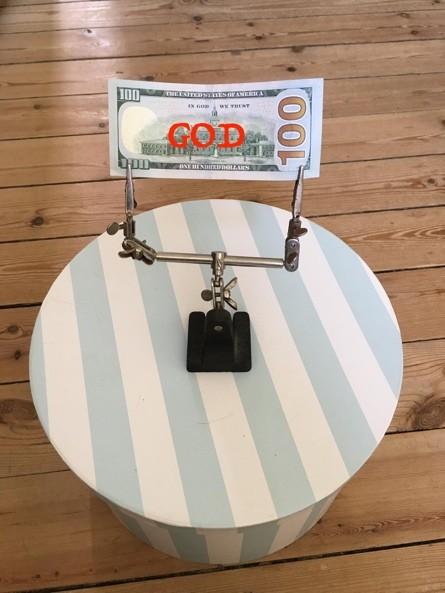
Just as visual poetry evolved from calligrams, it has also given a new way of looking at poems. We are talking about cyberpoetry, that characterized using digital media for creation and development. Thus, for example, hypertexts, animation, three-dimensionality, etc. are used. and even, something that has not yet been seen, but that already exists, the use of virtual reality. Thus, visual poetry is more related to the visual arts or graphic design than to literature since the text itself is not as important as the visual.
5. The end
Visual poetry is experimental, playful, creative. A peculiar relationship between the visual and the lyrics in which both expressions overlap each other until they acquire a sometimes-shocking result, others more intimate and a few even opportunistic. Of course, when it comes to art, no one ever has the last word. In the following link a rather complete list of visual poets is presented: https://www.ersilias.com/poetas-visuales/
6. References
1. How to Make a Visual Poem: https://www.youtube.com/watch?v=wWpMB6gmBYA
2. Mir-a-rte / René Victor Valqui: https://issuu.com/zonanoverbal/docs/mir-a-rte
3. Victor Vidal (ed) BROSSA CORONADO - poemas visuals: https://issuu.com/victor66/docs/brossa_coronado
4. Victor Vidal (ed) DRAW YOUR DREAM: https://issuu.com/brujorenee/docs/draw_your_dream
5. https://monoskop.org/images/a/a1/The_Last_Vispo_Anthology_Visual_Poetry_19982008_2012.pdf
God, Victor Vidal, 20107. A collection of mine pure visual poems

 1. Four parallel circles
1. Four parallel circles

 3. Academia
3. Academia

 5. Stoned Love
5. Stoned Love

 7. Silent love
7. Silent love

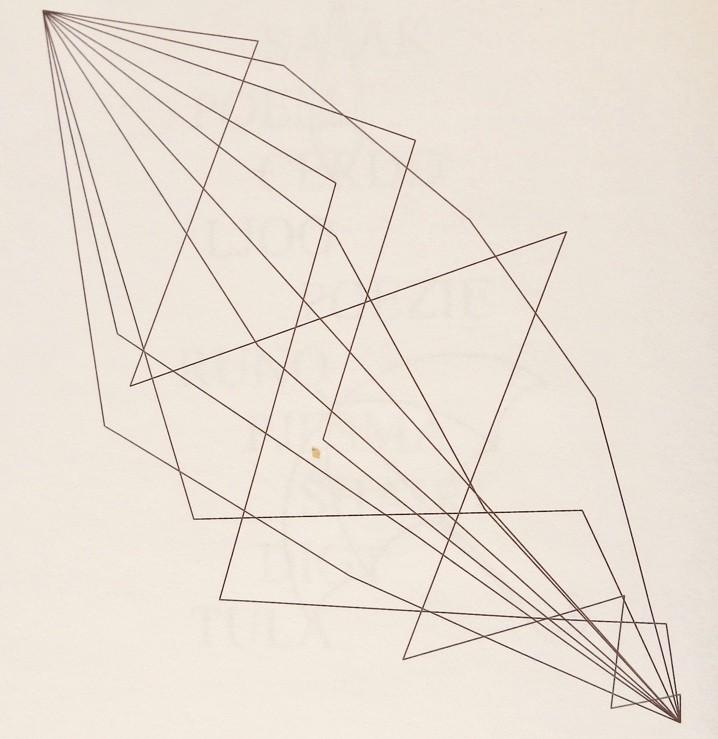 9. Open your brain as a parachute
9. Open your brain as a parachute

 11. The shadow of religion
11. The shadow of religion

 13. Che
13. Che

 15. Do not break my heart!
15. Do not break my heart!

 17. Duality (planted or emerging)
17. Duality (planted or emerging)

 19. School kills creativity
19. School kills creativity

 21. Introvert
21. Introvert

 23. Thorned heart
23. Thorned heart



 27. The moon is crying, the earth is dying
27. The moon is crying, the earth is dying

 29. Bush
29. Bush

 31. Framed moon
31. Framed moon

 33. Mamá
33. Mamá

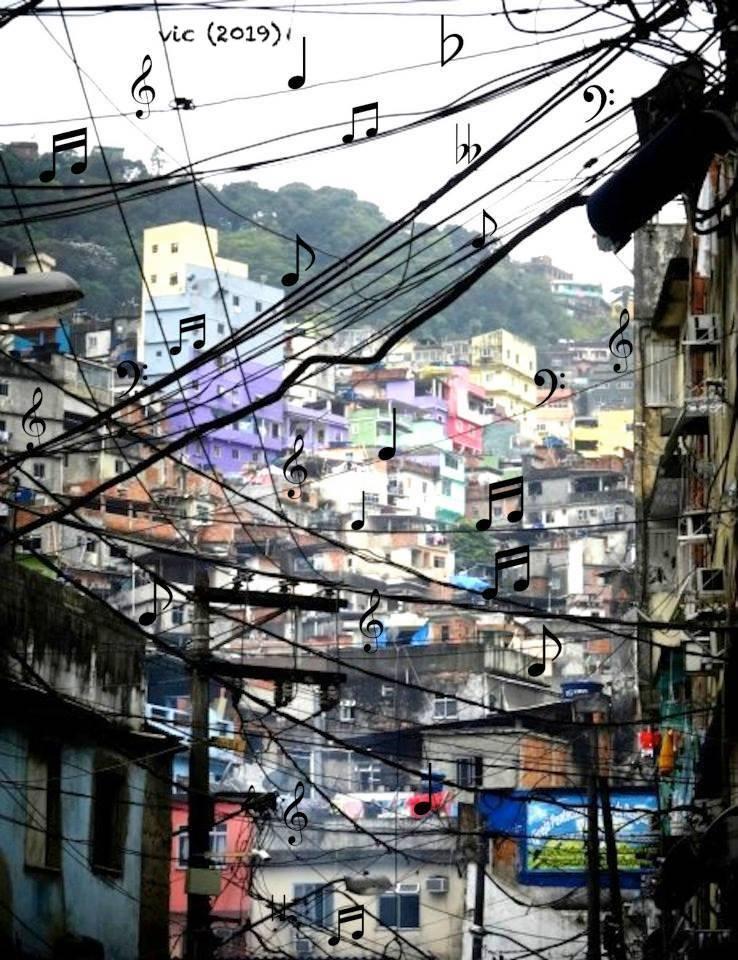 35. Migration is not a crime
35. Migration is not a crime

 37. Papá
37. Papá

 39. To iron
39. To iron
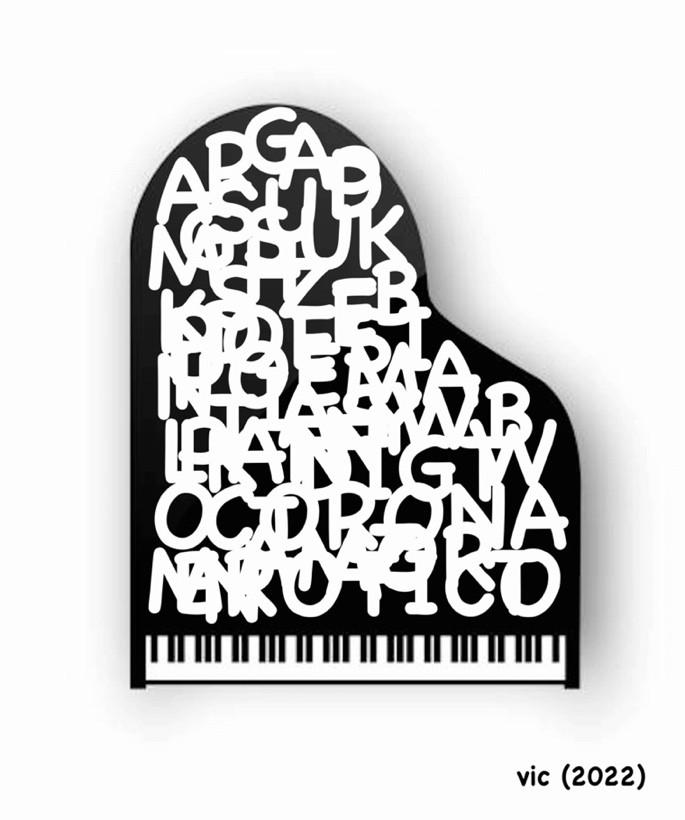
 41. Musical poem
41. Musical poem

 43. See with your heart
43. See with your heart



 47. Mourning sun
47. Mourning sun

 49. Sweating
49. Sweating

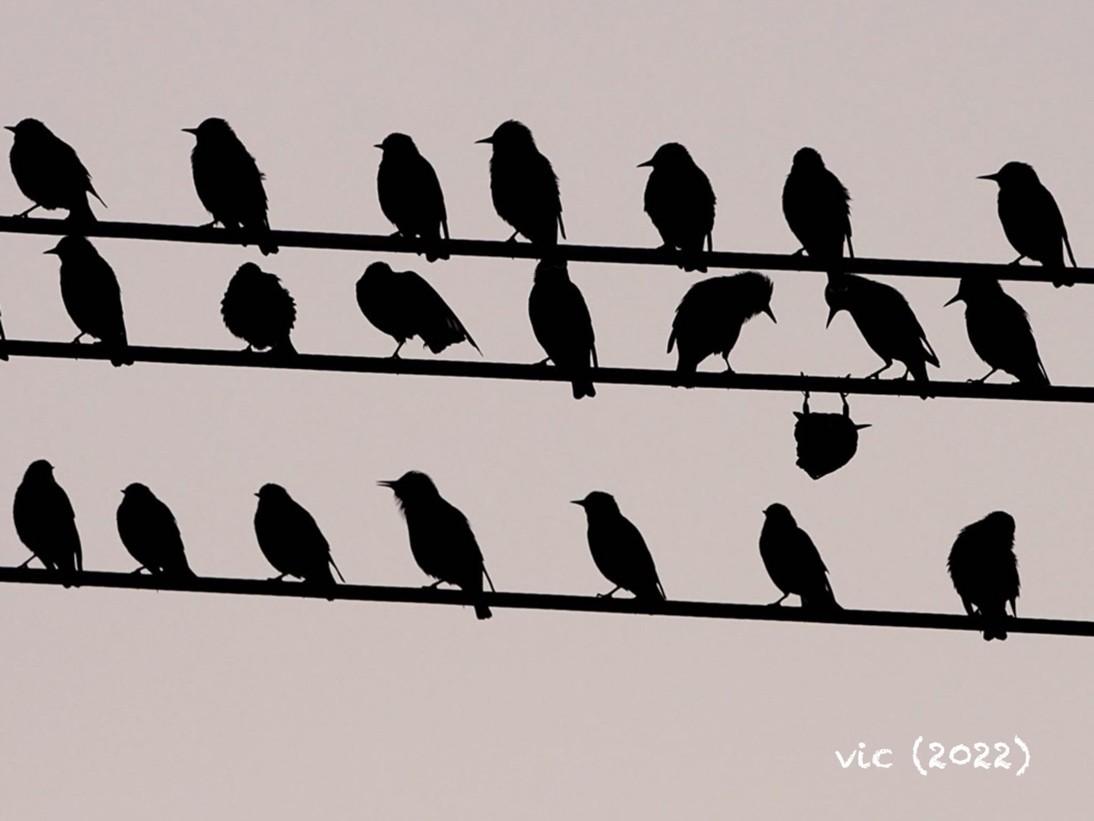 51. Dream
51. Dream
53. Three generations
54. Holydays



 55. What is “X”?
55. What is “X”?



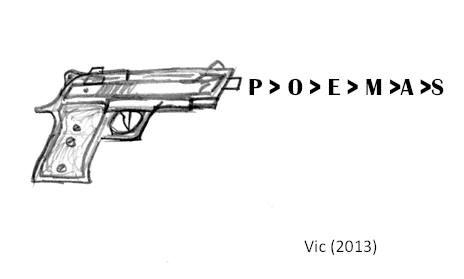
61. Inclusion/Exclusion

62. 2021 as a digital number




 65. Babylonian number 1
65. Babylonian number 1

 67. Belly button
67. Belly button

 69. Counting
69. Counting

 71. Derivative
71. Derivative
73. Euler equation

74. Kissing hearts


 75. Fascist idea
75. Fascist idea

 77. Enjoying the sun
77. Enjoying the sun
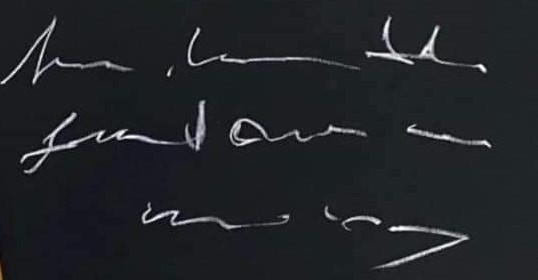
 79. My doctor´s poem
79. My doctor´s poem

 82. Digital clock
82. Digital clock
